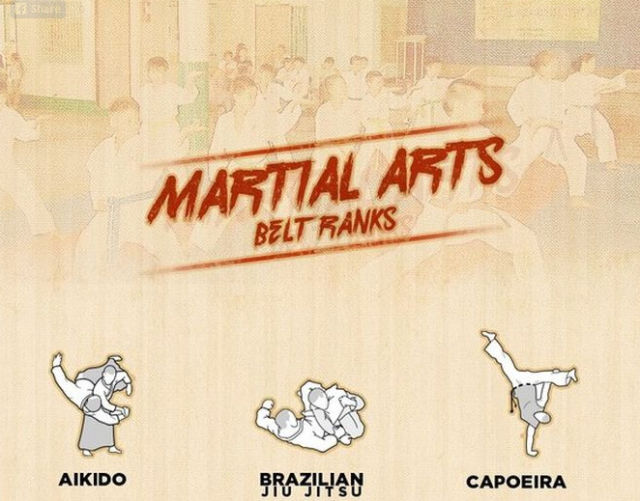Unraveling The Mystery Of Numerous Martial Arts Disciplines: A Guide To Martial Arts, Taekwondo, And A Lot More
Unraveling The Mystery Of Numerous Martial Arts Disciplines: A Guide To Martial Arts, Taekwondo, And A Lot More
Blog Article
Material Develop By-Faber Lemming
Are you tired of feeling bewildered by the vast world of martial arts? With so many styles to pick from, it can be easy to obtain lost in a sea of punches, kicks, and mysterious names. But anxiety not!
This conversation will certainly demystify the various martial arts designs, taking you on a journey from the effective strikes of Martial arts to the vibrant kicks of Taekwondo. Prepare yourself to reveal the beginnings, strategies, and ideologies behind these ancient art forms.
So, tighten go to this site and prepare to start an informing exploration into the exciting globe of martial arts.
Origins of Martial Arts Styles
The beginnings of fighting styles designs can be mapped back to ancient human beings and their requirement for protection and fight methods. Throughout background, various cultures developed their own distinct techniques of combating, each with its own set of techniques and viewpoints.
In China, as an example, fighting styles styles such as Kung Fu and Tai Chi were established as a way of protection and improving physical and psychological well-being.
In Japan, the samurai warriors created designs like Martial arts and Judo, focusing on discipline, precision, and proficiency of the body.
Similarly, in Korea, Taekwondo emerged as a martial art stressing high kicks, rapid activities, and mental determination.
These early worlds laid the structure for the diverse range of fighting styles designs that exist today, each with its own rich history and cultural relevance.
Strategies and Educating Methods
To grasp martial arts designs, specialists should discover various methods and training techniques.
Techniques are the details motions and actions made use of in battle, such as punches, kicks, throws, and obstructs. Various martial arts designs have their own unique collection of methods that specialists need to master via rigorous training.
Educating techniques differ relying on the design, however they normally entail a mix of physical fitness, drills, competing, and kinds.
Physical conditioning is essential to construct strength, versatility, and endurance. Drills assist professionals refine their strategies and enhance their speed and accuracy.
Competing allows practitioners to exercise their methods in a managed, reasonable setting. Kinds, likewise known as kata, are prearranged sequences of movements that assist experts create muscular tissue memory and focus.
Ideologies and Principles
Checking out the approaches and concepts of martial arts designs can supply you with a deeper understanding of your picked discipline. Each fighting style has its own one-of-a-kind approach and set of guiding principles that form the method it's exercised.
For example, Martial arts stresses self-control, respect, and self-discipline. It teaches professionals to focus their minds and bodies, enabling them to protect themselves while keeping a sense of internal tranquility.
On the other hand, Taekwondo positions a strong focus on rate, agility, and adaptability. Its concepts are rooted in the tenets of courtesy, integrity, determination, self-discipline, and unbeatable spirit.
https://www.wkbw.com/news/local-news/wny-mma-host-free-womens-defense-classes-to-bring-empowerment-to-community
Since you've checked out the origins, methods, and ideologies of various fighting styles designs, you have a deeper understanding of these old techniques.
Envision a young karate trainee, experimenting steady determination and emphasis, appearing boards with a powerful strike.
Their journey showcases the commitment and stamina called for to understand a martial art, reminding us that with discipline and perseverance, anything is feasible.
